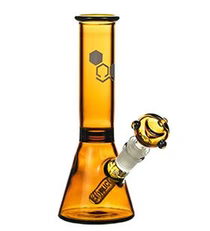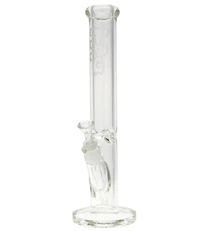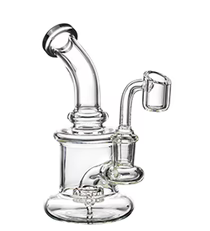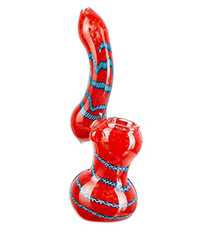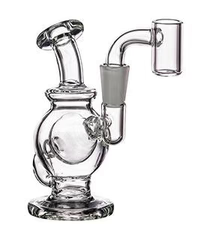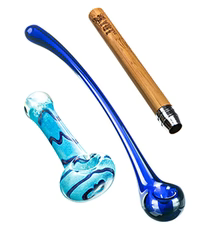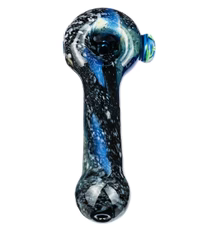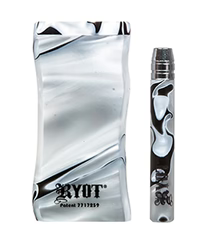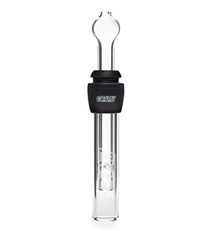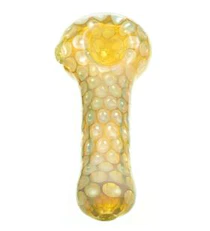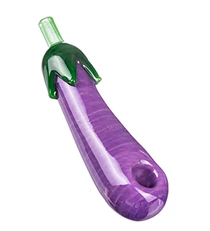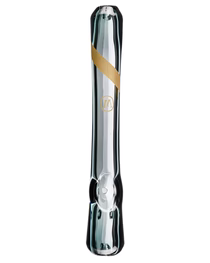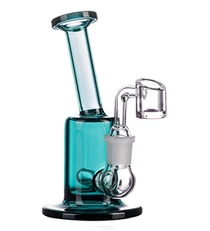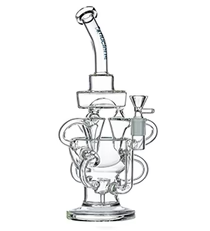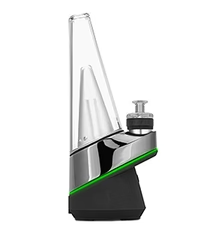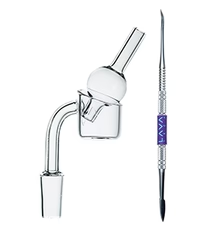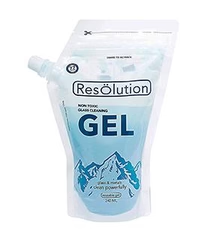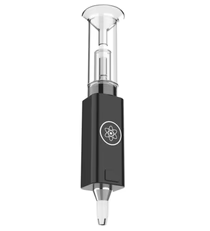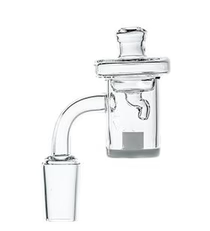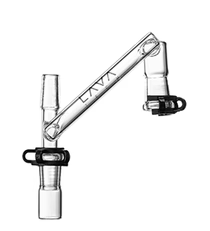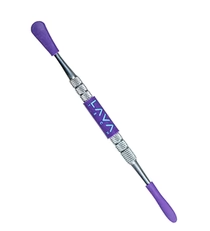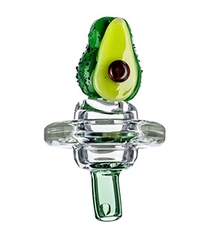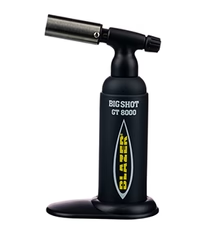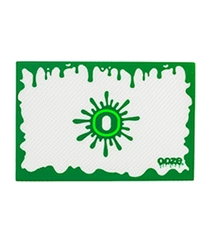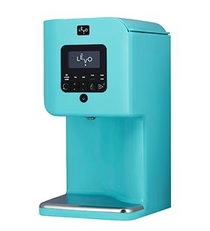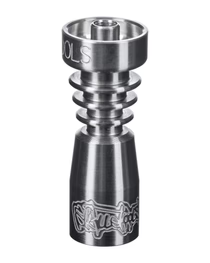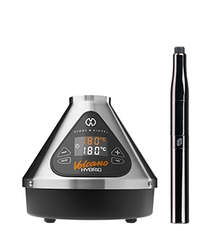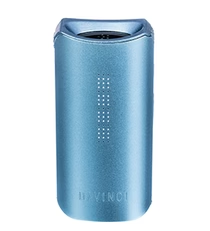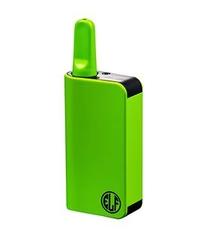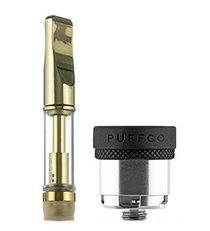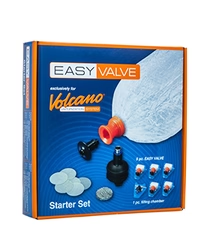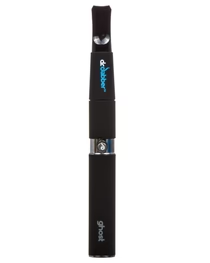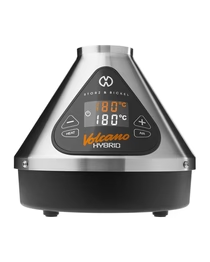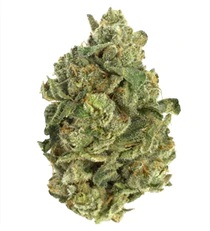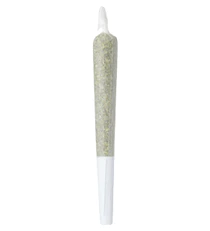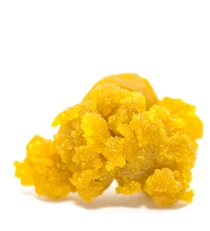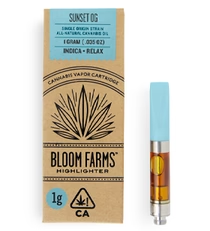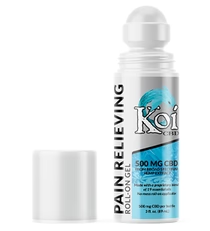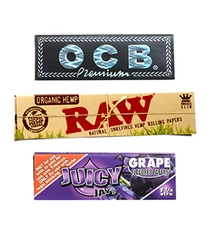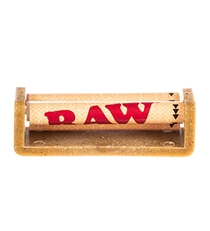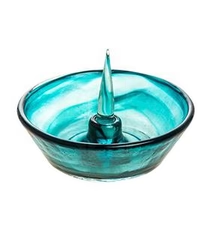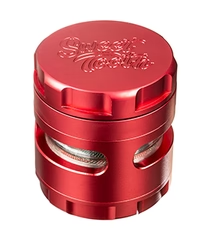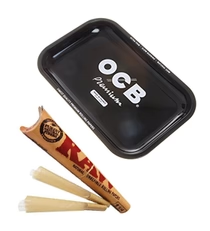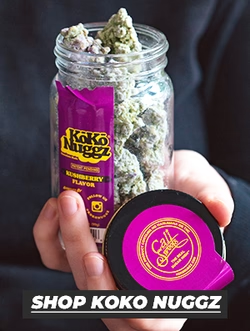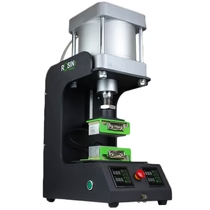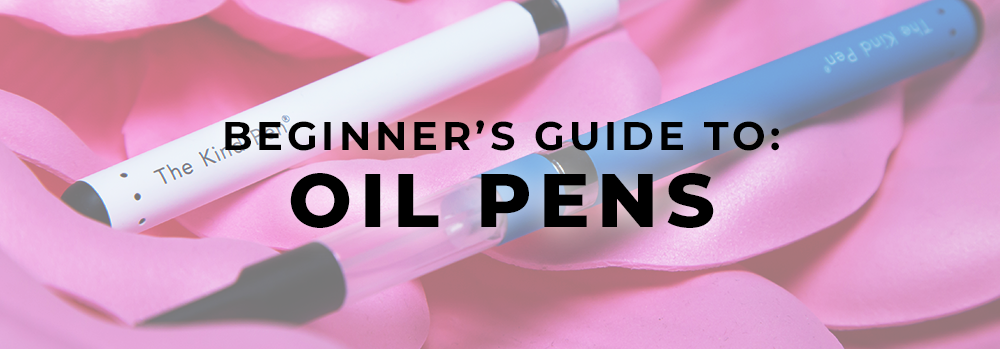
Disposable oil pens are all the rage, but there’s no denying that these plastic/battery combinations are bad for both your wallet and the environment. Luckily, there’s an alternative to these landfill-flooding pieces: refillable oil pens.
Though they might seem daunting to use, refillable oil pens are worth researching and investing in as well as getting the hang of. The pens are generally composed of three elements: a heating cartridge/atomizer, a battery, and a mouthpiece.
Difference Between Wax and Oil Pens
Wax pens use a number of different types of atomizers, but oil pens are a little more finicky because of the temperature requirements for thinner concentrates. The coils on typical wax atomizers, which are often made of silica or titanium, can burn the oil upon direct contact. That’s why most oil pens avoid coils and instead use fiberglass or plastic wicks, which soak up oil in order to heat it, or wickless ceramic heating cores, which do not absorb the oil and instead simply just heat it the way that a ceramic dab nail would. Wickless tanks are known for their ability to preserve the flavor of the pen hit and are therefore preferred by some taste-minded vapers.
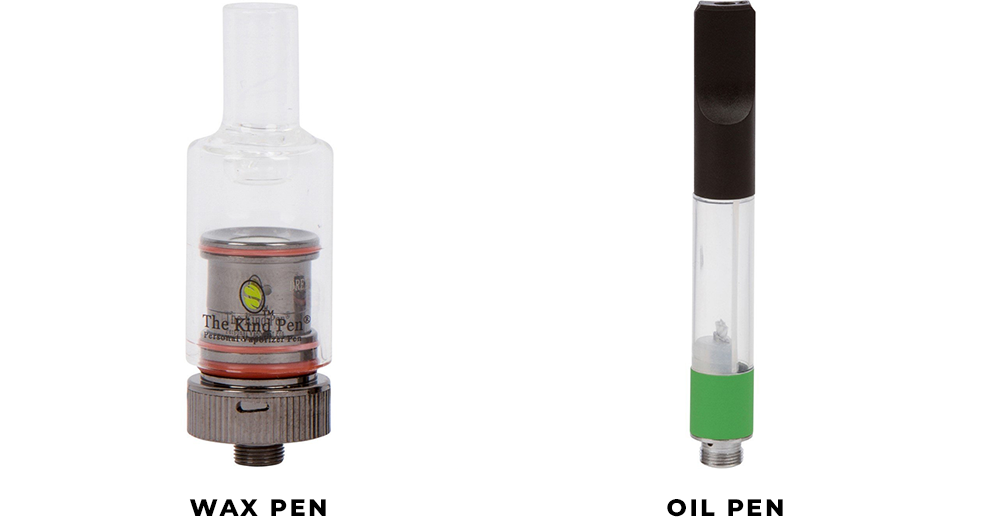
Know Your Cartridges
Oil pen cartridges are made of either plastic or glass and though plastic is cheaper (and less breakable), word in the dabbing community is that the oils and plastic can interact with one another. At the very least this can cause a change in the vapor’s flavor, something that an organic material like glass wouldn’t do. Glass cartridges typically come with metal mouthpieces, which are also easier to clean than plastic ones. Some prefer the more simple, throwaway nature of the plastic ones however. The Kind Pen offers a great combo tank that features both metal and plastic.
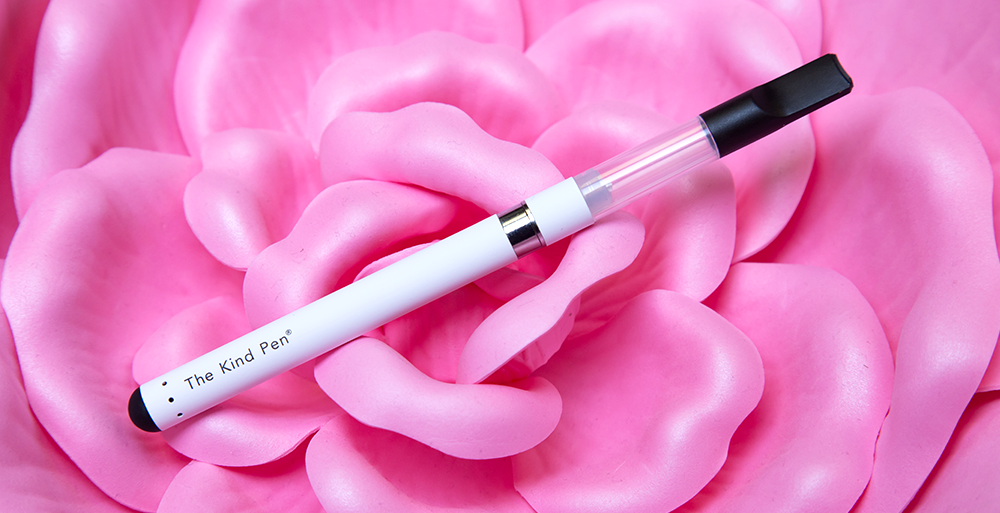
Operating Temperatures
As opposed to wax pens, oil pens are generally meant to operate at a lower temperature in order to not burn the concentrate. Wax pens operate on the higher end of the voltage range in order to melt the thicker material, but because oils are thin they vaporize easily (as anyone who dabs with a dab rig knows) and therefore require less heating to create a full, flavorful hit. Too much heat, in fact, can end up burning the oil, so it’s important to keep an eye on how hot your pen is getting. Dabs are meant to be vapor, not smoke.
Maximize Battery, Maximize Potential
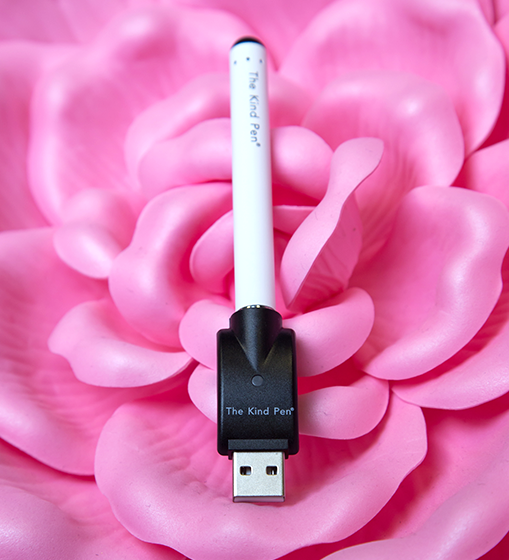 There are a number of options when it comes to batteries, the simplest being slim, cigarette-like batteries that change the strength of the pull based on how hard you inhale instead of through a temperature dial or button. These types of batteries are cheap, discrete and easy to use, but they don’t offer the same consistency that a pen with manually controlled voltage would. A temperature control allows you to dial in the exact point at which you think the concentrate vaporizes best, a more accurate way to use the product. Though simple auto-draw batteries are highly portable, they also don’t feature a “lock” option like more expensive, button-powered vape batteries do. Their built-in safety feature is simply activated when you aren’t using it.
There are a number of options when it comes to batteries, the simplest being slim, cigarette-like batteries that change the strength of the pull based on how hard you inhale instead of through a temperature dial or button. These types of batteries are cheap, discrete and easy to use, but they don’t offer the same consistency that a pen with manually controlled voltage would. A temperature control allows you to dial in the exact point at which you think the concentrate vaporizes best, a more accurate way to use the product. Though simple auto-draw batteries are highly portable, they also don’t feature a “lock” option like more expensive, button-powered vape batteries do. Their built-in safety feature is simply activated when you aren’t using it.
The variable voltage batteries controlled by a temperature dial are renowned for lasting longer than stylus ones, making them a good choice of investment for someone looking for a long-term oil pen solution. Luckily, most cartridges and batteries are fitted with the same 510 threading, meaning that even if you end up wanting to upgrade either you’ll be able to do so without changing your whole setup.
Take Care of Your Battery
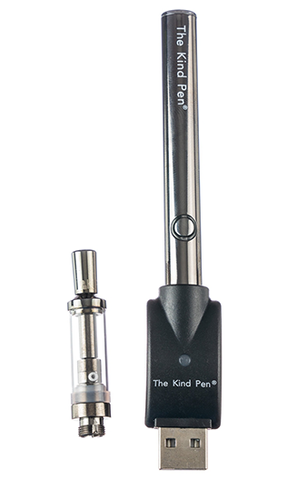 A common frustration with vape batteries is when the contact between the battery and its charger or cartridge are misaligned, a problem that often makes people incorrectly believe that their battery is done for. In fact, if you notice this issue you might want to take a look at the inside of your battery and check the contact, that little pylon-like thing that lives in the center of your battery’s opening. This little metal part is designed to slide in order to accommodate the variety of contact lengths in cartridges and chargers, a helpful function that allows you to basically use any battery and cartridge combination as long as the threads match. What ends up happening, however, is that this piece of metal can get pushed down by a long cartridge or charger too far to touch a shorter contact, resulting in a battery that won’t charge or hit.
A common frustration with vape batteries is when the contact between the battery and its charger or cartridge are misaligned, a problem that often makes people incorrectly believe that their battery is done for. In fact, if you notice this issue you might want to take a look at the inside of your battery and check the contact, that little pylon-like thing that lives in the center of your battery’s opening. This little metal part is designed to slide in order to accommodate the variety of contact lengths in cartridges and chargers, a helpful function that allows you to basically use any battery and cartridge combination as long as the threads match. What ends up happening, however, is that this piece of metal can get pushed down by a long cartridge or charger too far to touch a shorter contact, resulting in a battery that won’t charge or hit.
Luckily this is a solvable problem with a little bit of finesse: gently pry the end of the contact up with the end of a paperclip, moving slowly and evenly in spots around the contact in order to not break it. This should extend the life of your vape batteries and help when a seemingly working battery stops doing so and starts to give you grief.
Conclusion
Oil pens are relatively simple as far as the matter of concentrate vaporizing goes. Once you pick a setup that works for you, the only difficult matter left should be actually filling the cartridge with oil, something that can often be a messy affair. But a little practice with that and you’ll be a master vaper, on your way to discreetly hit the streets while you hit your pen.
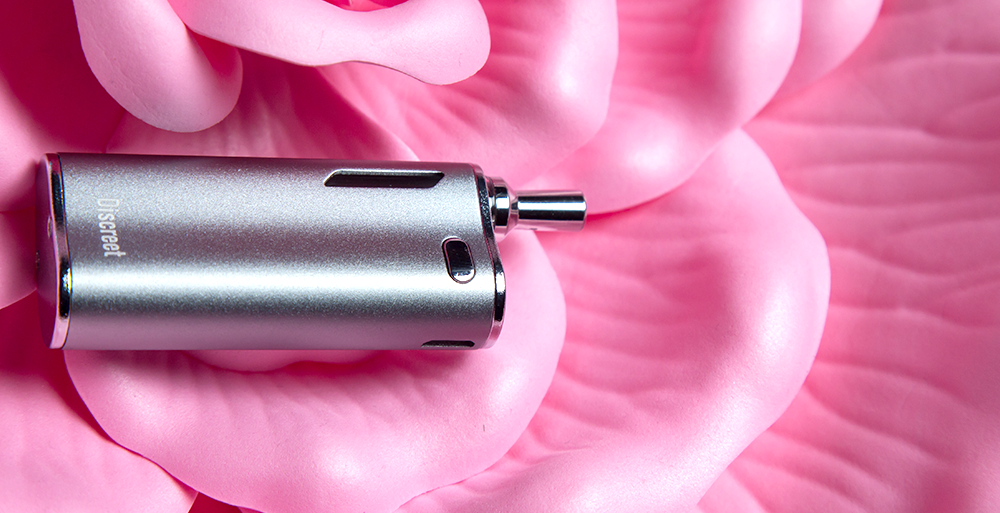
Explore our entire concentrate vaporizer collection to find exactly what you need!

